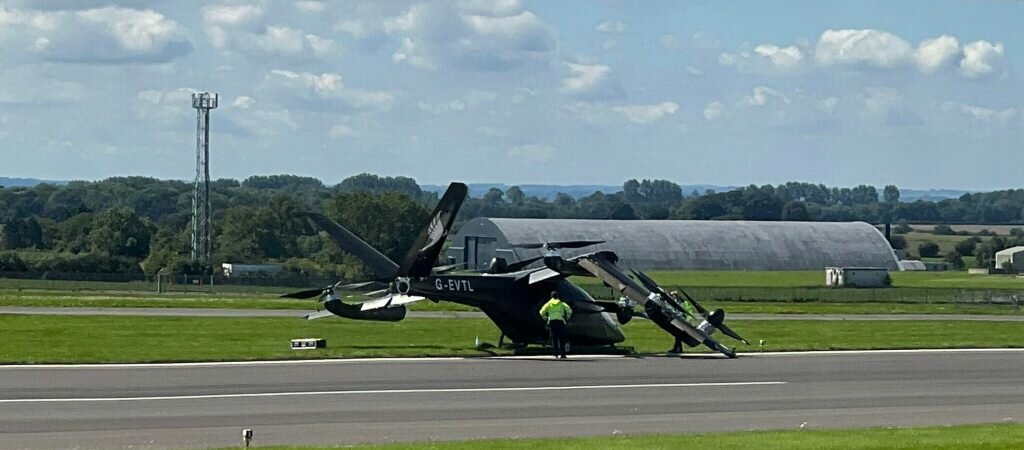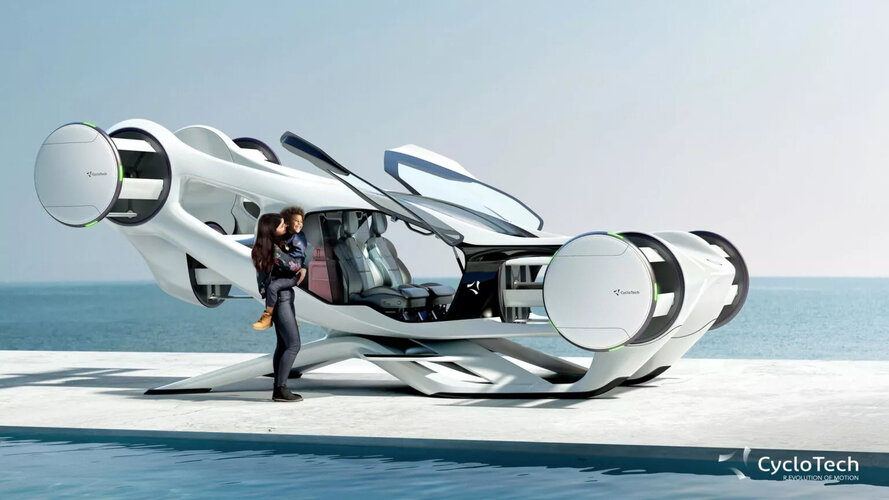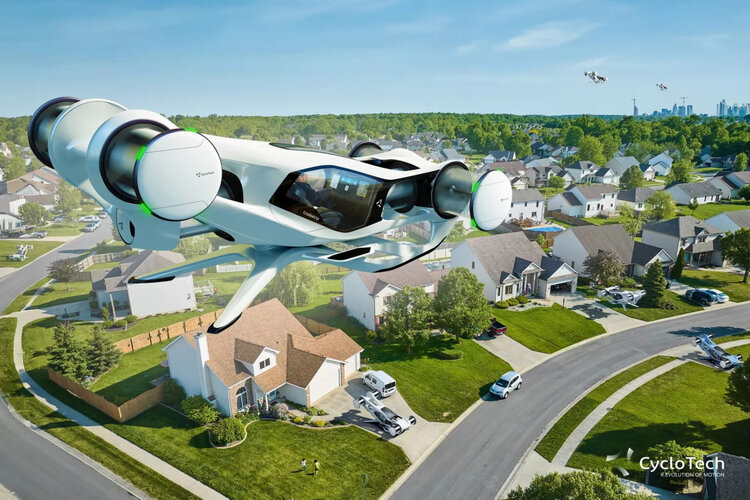GAMA and other groups hold enough political clout on Capitol Hill to potentially force the FAA’s hand and shape pieces of the proposal to their whim.

www.flyingmag.com
This article explains in great detail the rules that the FAA wants to impose regarding eVTOL aircraft that the industry is pushing back against. The fact that no one is planning to build a dual control eVTOL or the fact that designing and certifying a level C simulator is going to be a very expensive and time consuming are two big problem areas.
The deadline for comments on the FAA’s proposed regulations for operations of powered-lift aircraft closed on Aug. 14.

aviationweek.com
The General Aviation Manufacturers Association responded to the FAA's proposed Special Federal Aviation Regulation covering advanced air mobility operations.

www.ainonline.com
Another looming battle that could make or break many of these startups is the debate over how much energy reserves these aircraft should have. Right now, if the standard reserves needed for commercial IFR operations are imposed, some of these aircraft could have a severely restricted range. Personally, I don't think the FAA is going to budge on something critical like reserve energy. The only other electric aircraft available in the U.S. right now, the Pipistrel Electro, also has a relatively short endurance as a result of FAA reserve requirements.
Pipistrel's Velis, the first certified electric airplane, is a technical tour de force. But its legs are far too short to make a realistic player in the U.S. market.

www.avweb.com
Although nicely executed, the Velis' endurance is too limited to make it practical for U.S.-style training. Operating costs are a moving target.

www.avweb.com






























